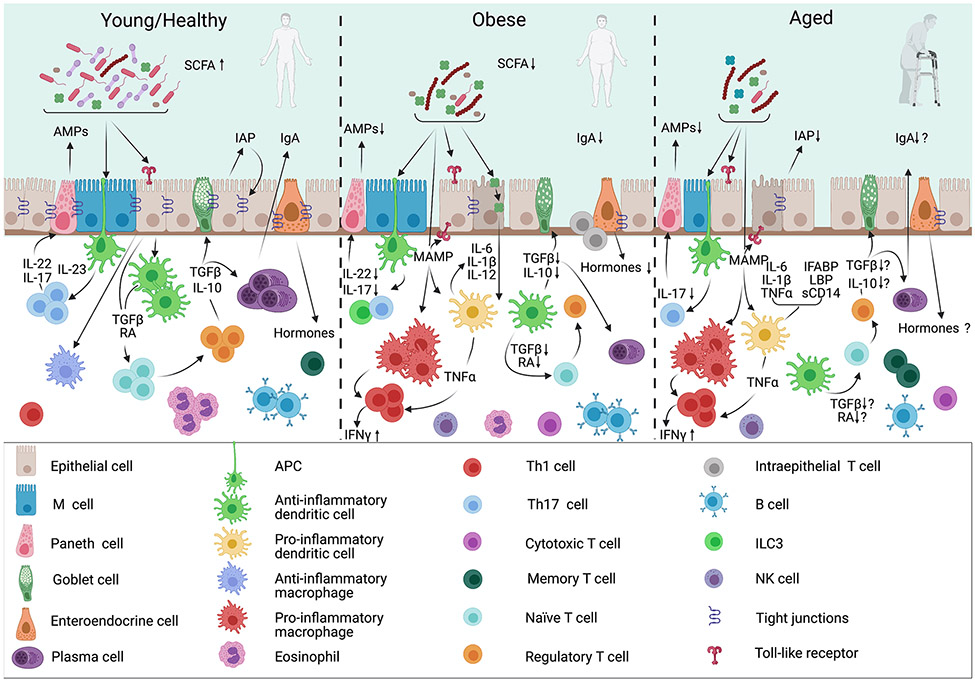Figure 1. Summary of Young/Healthy vs. Obese vs. Aged Gut Immune Cell Composition and Function.
In obese and aged guts, a shift towards pro-inflammatory changes in immune cells contributes to increased gut permeability, as well as decreased microbial diversity. These changes are better documented in the obese setting compared to the aged environment, an emerging area of research. Leaked bacterial components act as microbe-associated molecular patterns (MAMPs) and further exacerbate pro-inflammatory activities of macrophages, dendritic cells and T cells. This effect creates an imbalance between tolerogenic anti-inflammatory and defensive pro-inflammatory cytokine and chemokine secretion along with consequent immune cell differentiation. These local changes in the intestinal digestive and barrier functions can in part drive similar changes in immune responses systemically. RA, retinoic acid. AMP, antimicrobial peptides. IAP, intestinal alkaline phosphatase. IgA, Immunoglobulin A. I-FABP, intestinal fatty acid-binding protein. LBP, LPS-binding protein.

